Welcome to the guide on creating a safe and supportive environment at home for total knee replacement patients. Recovering from a knee replacement surgery can be a challenging journey, but with the right support system and a well-prepared home environment, it can also be a rewarding one. In this guide, we will explore practical tips and strategies to ensure the utmost comfort and safety for patients during their recovery process. From setting up a comfortable sleeping area to creating an accessible bathroom, we will cover all essential aspects of creating a home conducive to healing and rehabilitation. Additionally, we will discuss the importance of emotional support and provide practical advice for caregivers and family members on how to create a nurturing environment. By implementing these suggestions, you can make a significant difference in the recovery journey of your loved ones. So let's dive in and discover how to create a safe and supportive haven for total knee replacement patients at home.

Understanding the challenges faced by total knee replacement patients at home
Recovering from a total knee replacement surgery is a complex process that requires time, patience, and dedication. It is important to understand the challenges that patients face at home during their recovery journey. One of the primary challenges is mobility. After the surgery, patients may experience pain, swelling, and limited range of motion in their knee. This can make it difficult for them to perform everyday activities such as walking, climbing stairs, or even getting out of bed.
Another challenge is the risk of falling. Patients may have difficulty maintaining balance and stability due to the weakened leg muscles and the use of assistive devices like crutches or walkers. Falls can lead to serious injuries and setbacks in the recovery process.
Furthermore, total knee replacement patients often experience discomfort and stiffness in their knee joint. This can make it challenging for them to find a comfortable sleeping position or sit for extended periods. Lack of proper sleep and rest can impact the overall recovery progress.
Importance of creating a safe and supportive environment
Creating a safe and supportive environment at home is crucial for total knee replacement patients. A well-prepared home can minimize the risk of accidents, ease the daily challenges faced by patients, and promote a quicker recovery. When patients feel safe and supported, they are more likely to engage in their rehabilitation exercises, follow their medication regimen, and maintain a positive mindset throughout the healing process.
Preparing the home for the patient's return
Before the patient returns home from the hospital, it is essential to prepare the home environment to ensure a smooth transition. Start by decluttering the living space to create clear pathways and remove any tripping hazards. Rearrange furniture to create a spacious and easily navigable layout. Make sure there is enough lighting in every room to eliminate dark areas that can impede visibility.
Next, focus on the bedroom. Invest in a comfortable mattress and pillows that provide adequate support for the patient's healing knee. Place a nightstand or a small table within arm's reach, equipped with essentials like water, medication, and a phone. Consider installing bed rails to provide extra stability and assist the patient in getting in and out of bed safely.
Tips for ensuring safety and accessibility in the home
In addition to preparing the living space, there are several measures you can take to ensure safety and accessibility for total knee replacement patients. Install handrails on stairways and grab bars in bathrooms to provide support while navigating these areas. Consider using non-slip mats in the bathroom to prevent falls on wet surfaces. Remove any loose rugs or carpets that can present a tripping hazard.
It is also important to create a comfortable and accessible seating area in the living room. Choose chairs and sofas with firm cushions and armrests that make it easy for the patient to sit and stand up. Place a small table nearby to hold items within reach, such as books, remote controls, or medications.
Assisting with daily activities and mobility
Total knee replacement patients may need assistance with daily activities such as bathing, dressing, and preparing meals. It is crucial to provide the necessary support while also encouraging independence and self-care. Consider installing a shower chair or a bath bench to make bathing safer and more comfortable. Provide the patient with long-handled reachers and dressing aids to assist with dressing and reaching items.
Encourage regular physical therapy exercises as prescribed by the healthcare professional. Help the patient set up a designated exercise area at home with the necessary equipment, such as resistance bands or an exercise bike. Offer encouragement and support during these exercise sessions to keep the patient motivated.
Promoting emotional support and well-being
Recovering from a total knee replacement surgery can be emotionally challenging for patients. It is important to provide emotional support and create a nurturing environment at home. Encourage open communication and active listening to allow the patient to express their fears, frustrations, and concerns. Offer reassurance and empathy, and avoid dismissing their feelings.
Engage in activities that promote relaxation and stress relief. Encourage the patient to practice deep breathing exercises or engage in hobbies that bring them joy and distraction. Consider playing soothing music or using aromatherapy to create a calming atmosphere in the home.Recommended equipment and modifications for the home
There are various equipment and modifications that can enhance the safety and comfort of total knee replacement patients at home. Some recommended items include:
- Raised toilet seats with grab bars for easier and safer use
- Shower chairs or bath benches to prevent falls in the bathroom
- Grab Bars to provide assistance and safety in the bathroom environment
- Walker or crutches for support during mobility
- Reachers and dressing aids to assist with daily activities
- Anti-slip mats and handrails for stairways and bathrooms
Consult with a healthcare professional or occupational therapist to determine the specific equipment and modifications that would best suit the patient's needs.
Communication and coordination with healthcare professionals
Maintaining open lines of communication with healthcare professionals is essential during the recovery process. Schedule follow-up appointments as recommended by the doctor and ensure that the patient attends all necessary physical therapy sessions. Keep a record of any concerns or questions that arise and discuss them with the healthcare team during these appointments.
Inform the healthcare professionals of any changes in the patient's condition or any difficulties encountered at home. They can provide valuable guidance and make necessary adjustments to the treatment plan if needed.
Common challenges and how to overcome them
While creating a safe and supportive environment at home is crucial, it is also important to anticipate and address common challenges that may arise during the recovery process. One common challenge is managing pain and discomfort. Encourage the patient to take pain medication as prescribed and utilize ice packs or heat therapy to alleviate pain and reduce swelling.
Another challenge is maintaining a positive mindset and motivation throughout the recovery journey. Be patient and understanding with the patient, as they may experience occasional setbacks or moments of frustration. Offer words of encouragement, celebrate small milestones, and remind them of the progress they have made.
Conclusion and the long-term benefits of a safe and supportive environment
In conclusion, creating a safe and supportive environment at home for total knee replacement patients is vital for their recovery and overall well-being. By understanding their challenges, preparing the home, ensuring safety and accessibility, providing assistance with daily activities, promoting emotional support, and implementing recommended equipment and modifications, you can significantly contribute to their healing journey.
Remember, the benefits of a safe and supportive environment extend beyond the recovery period. By creating a comfortable and nurturing space, you are promoting long-term independence, confidence, and overall quality of life for total knee replacement patients. So take the necessary steps to transform your home into a haven of healing and support, and witness the positive impact it has on your loved one's recovery journey.




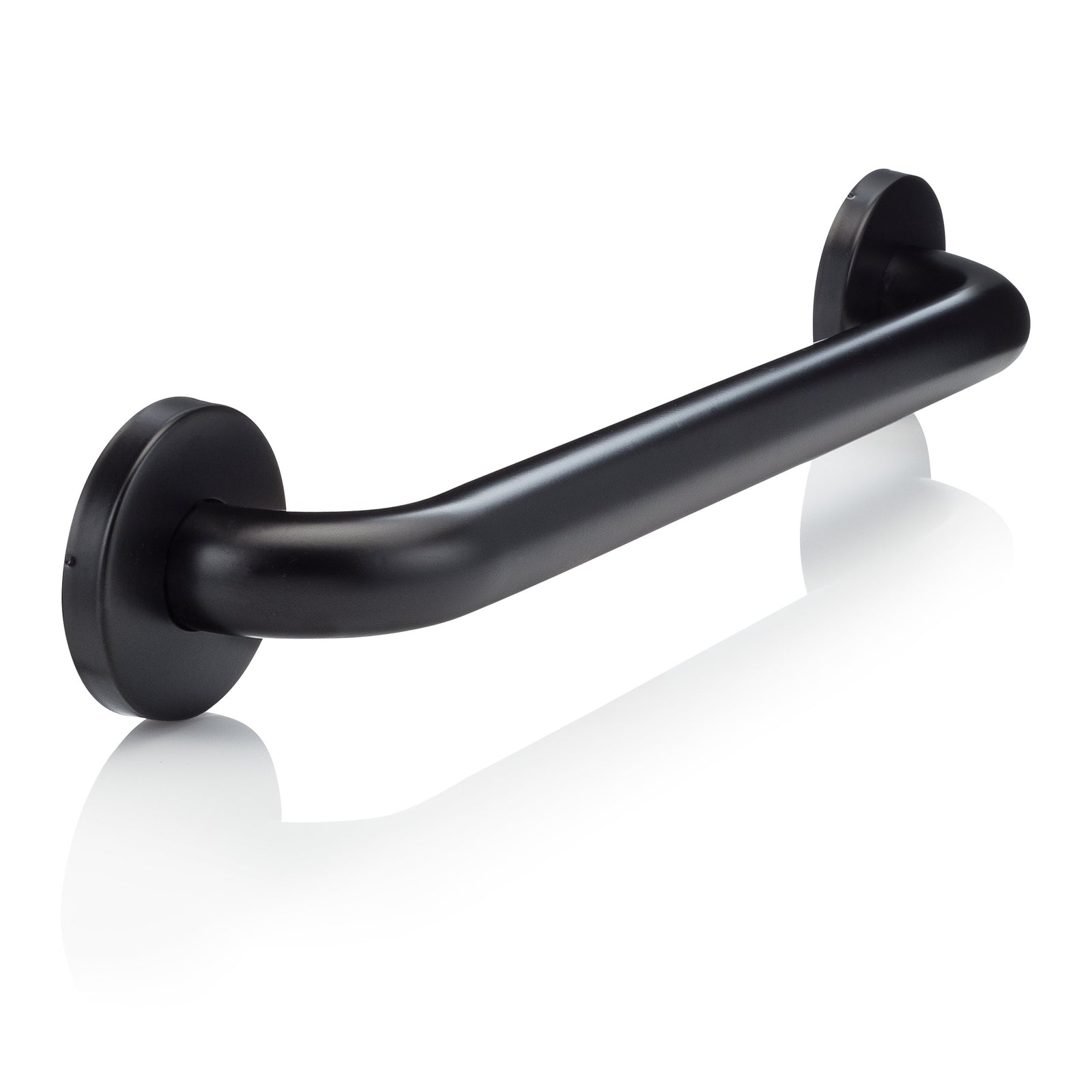
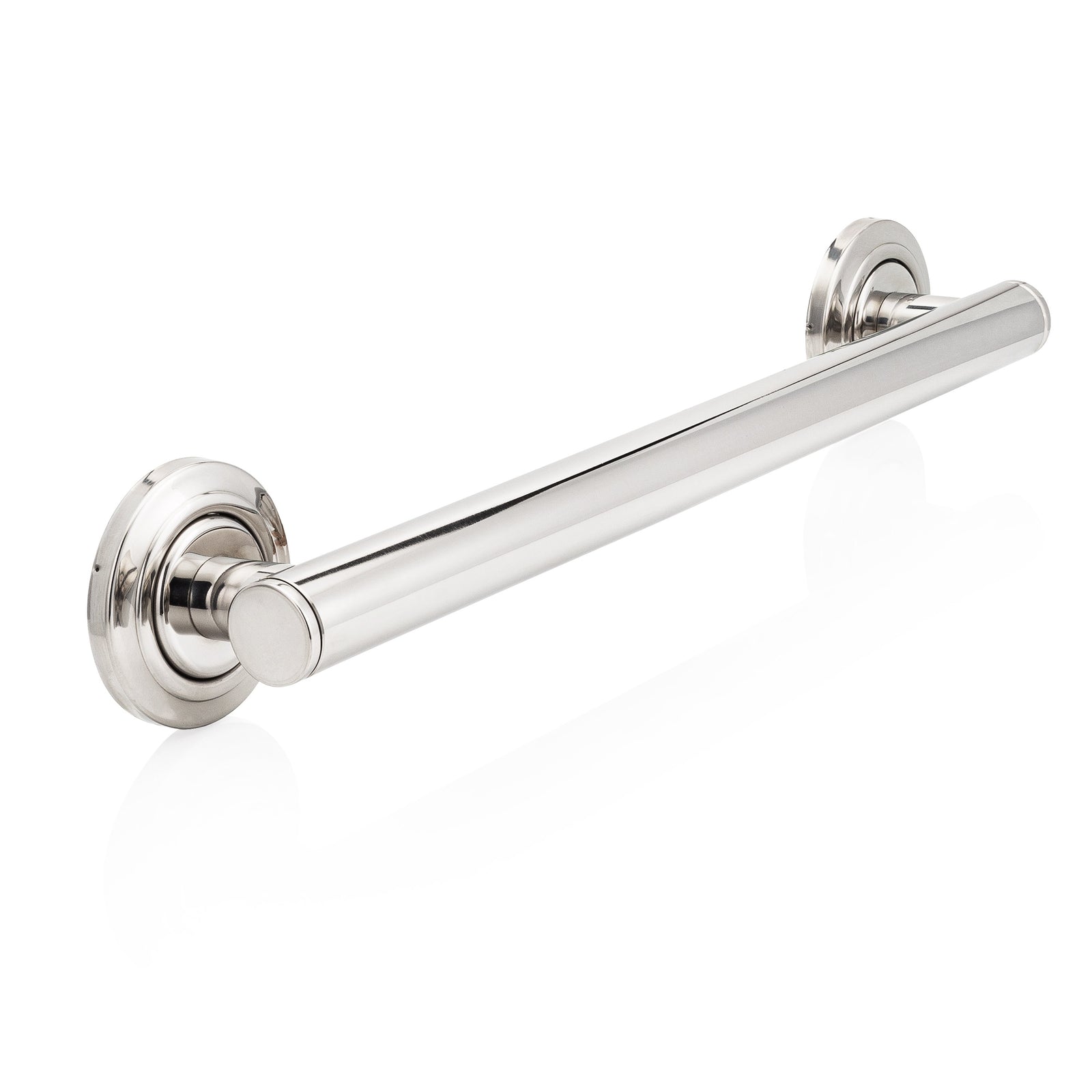
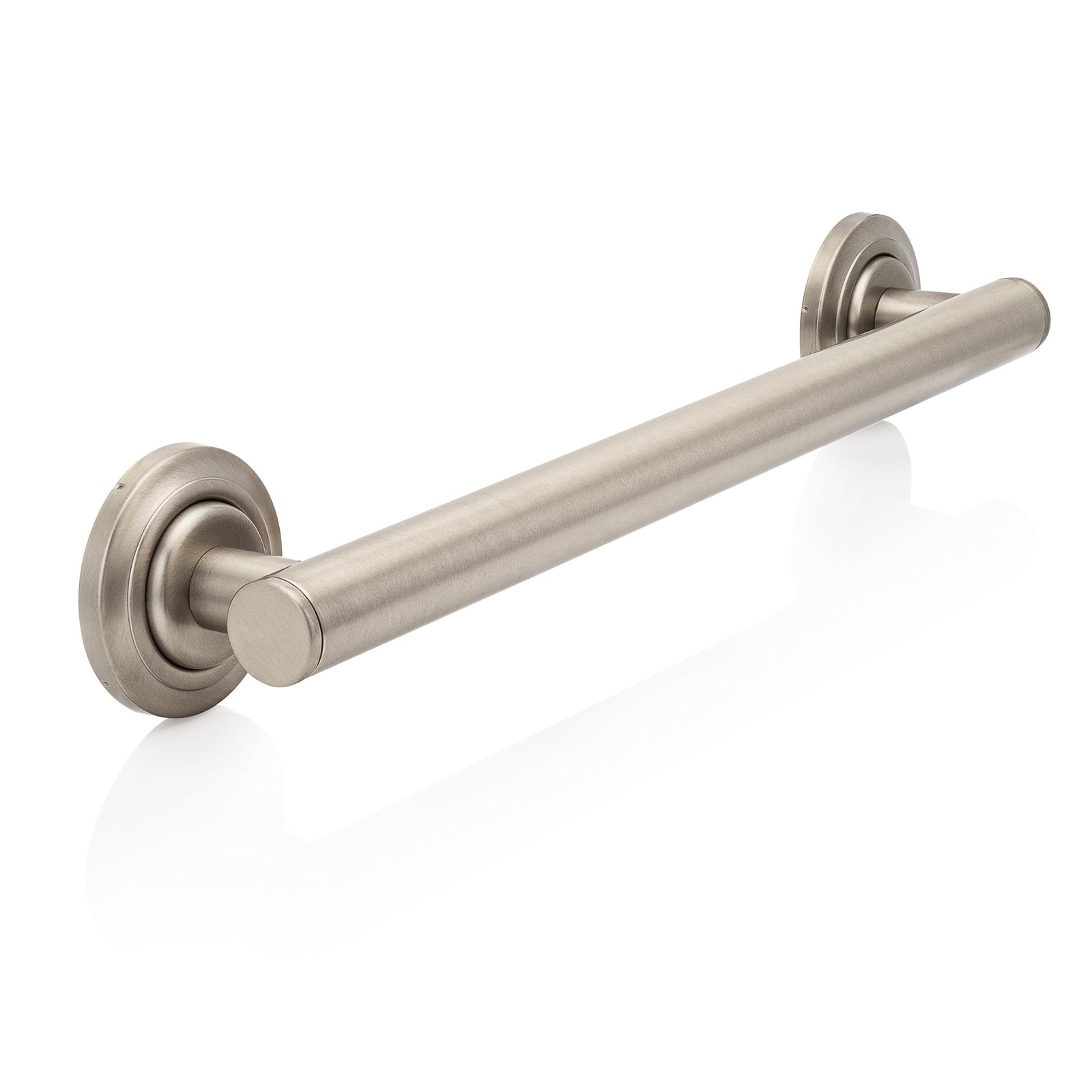

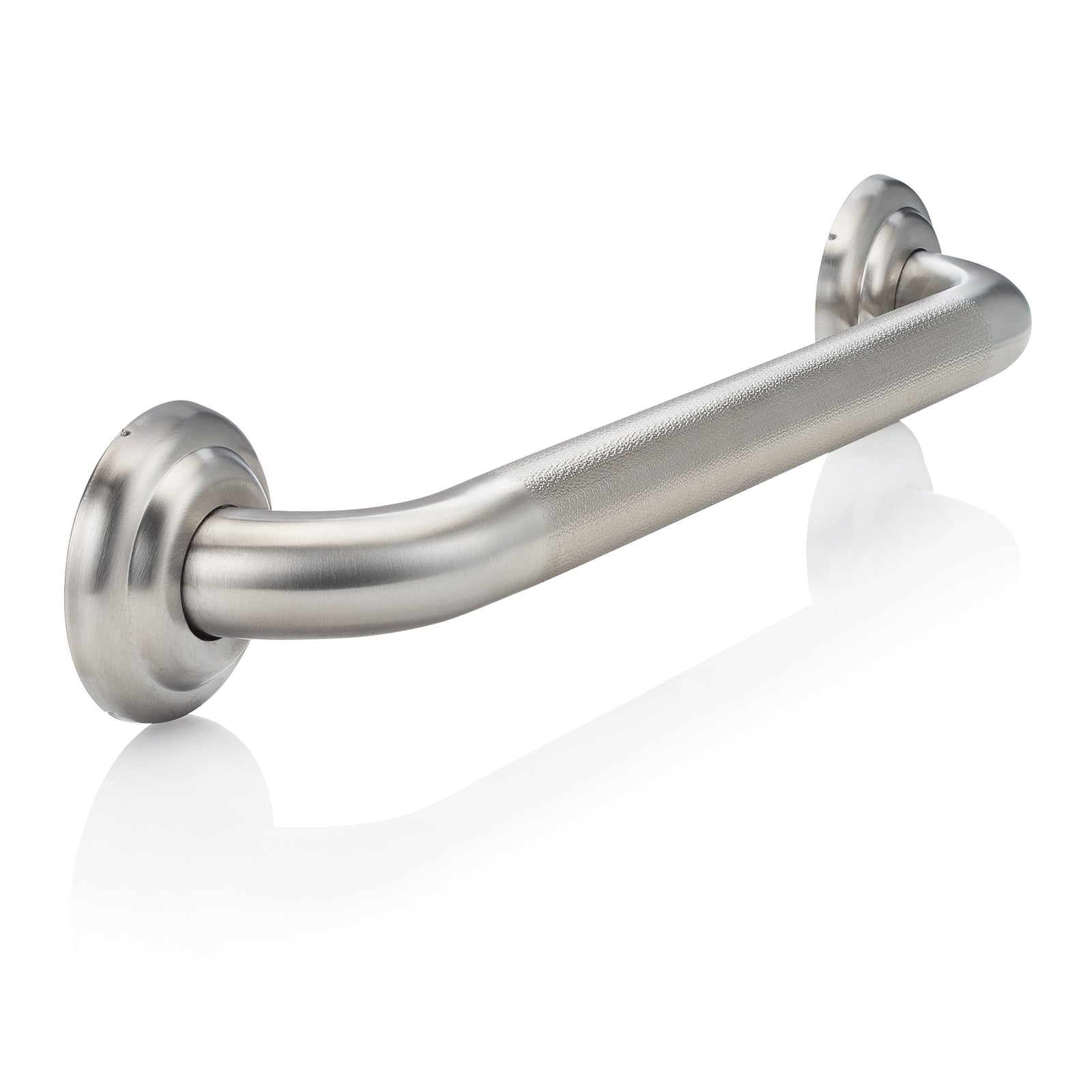
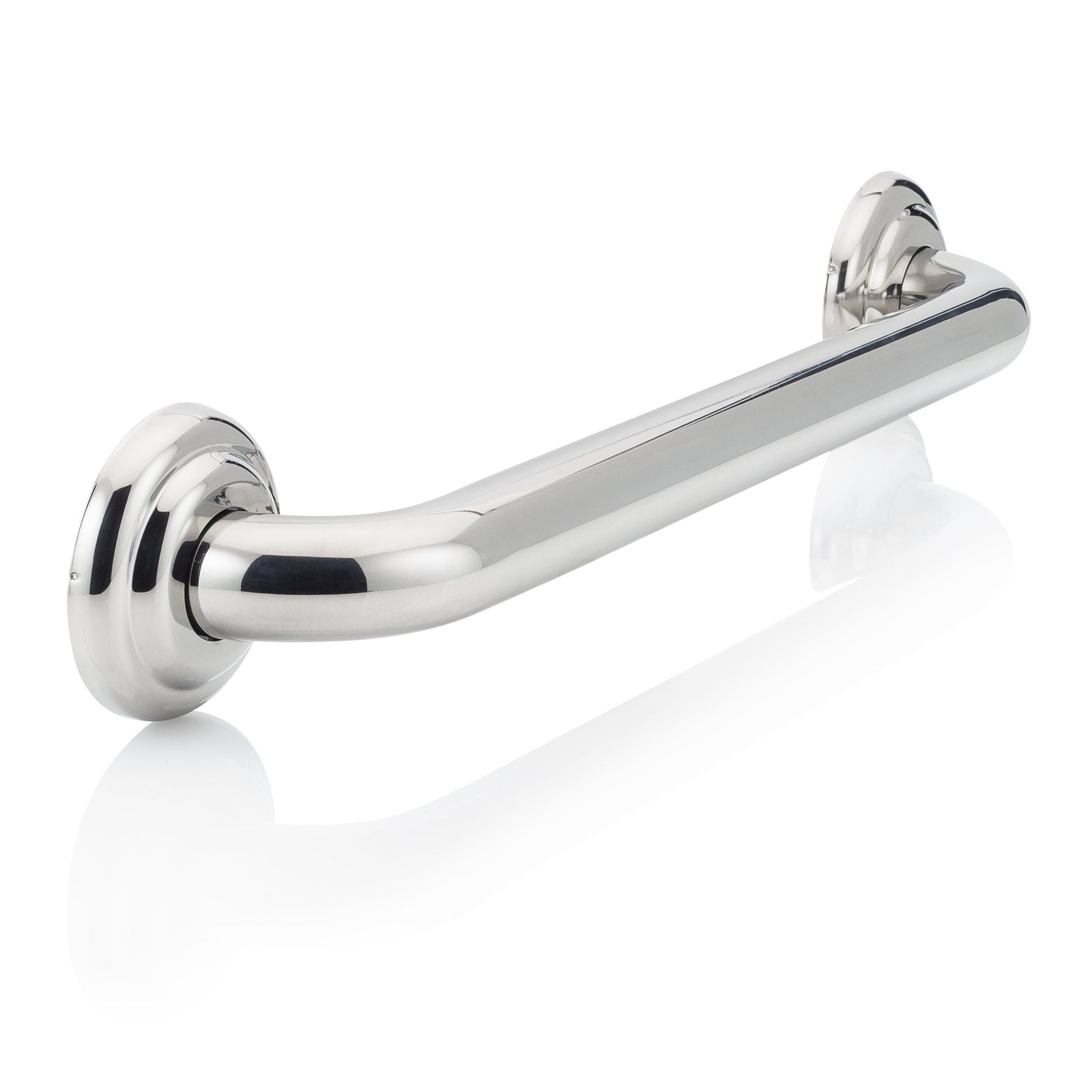
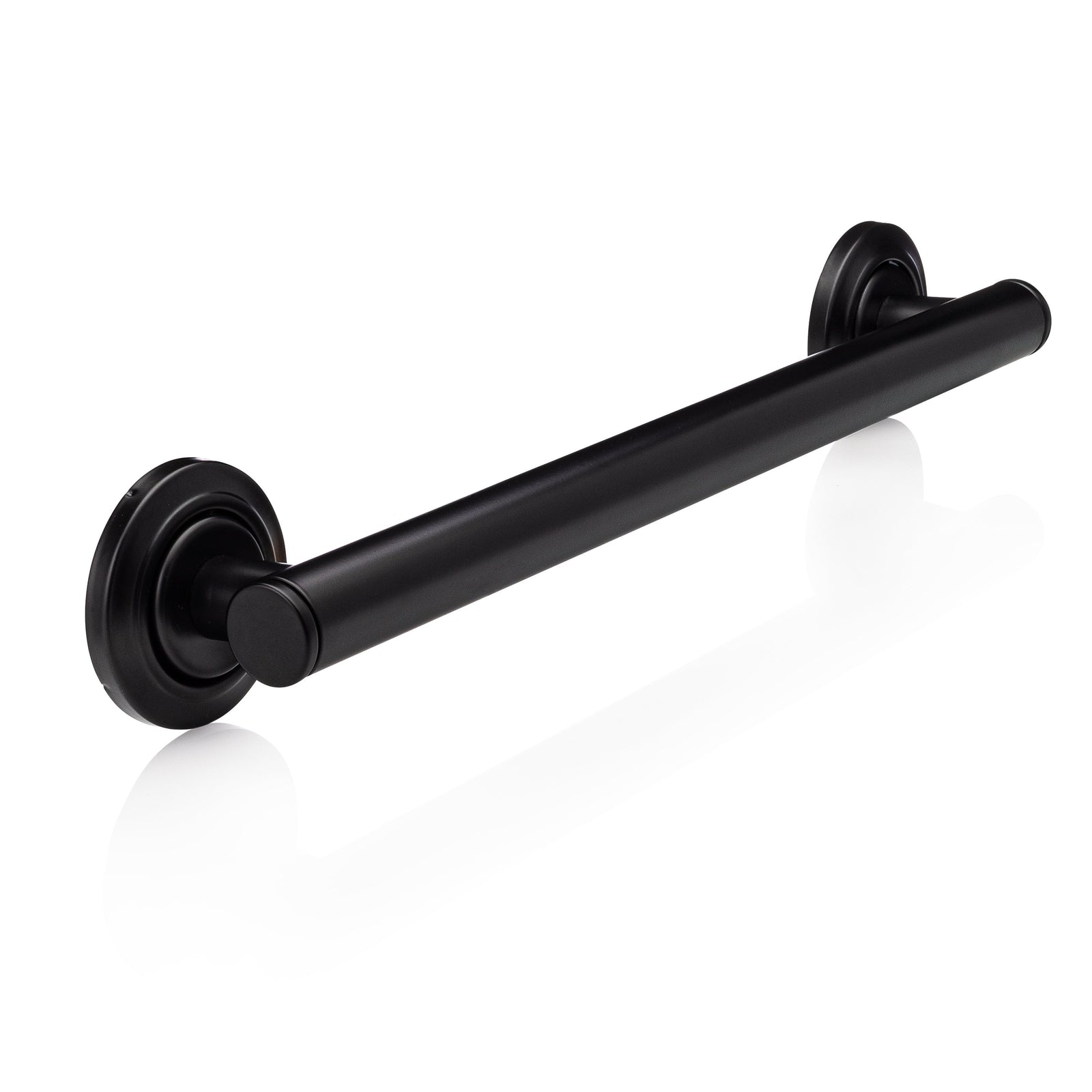
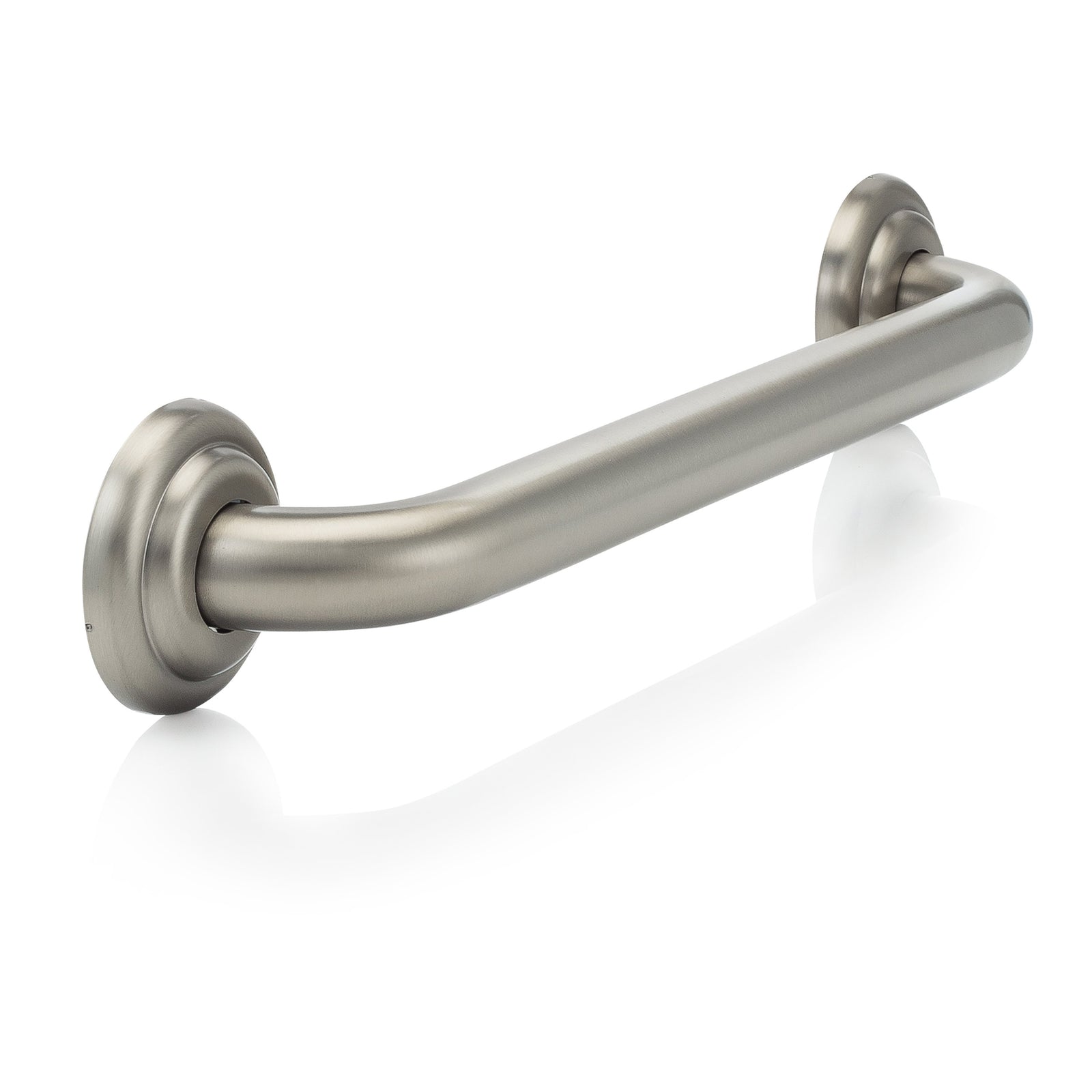
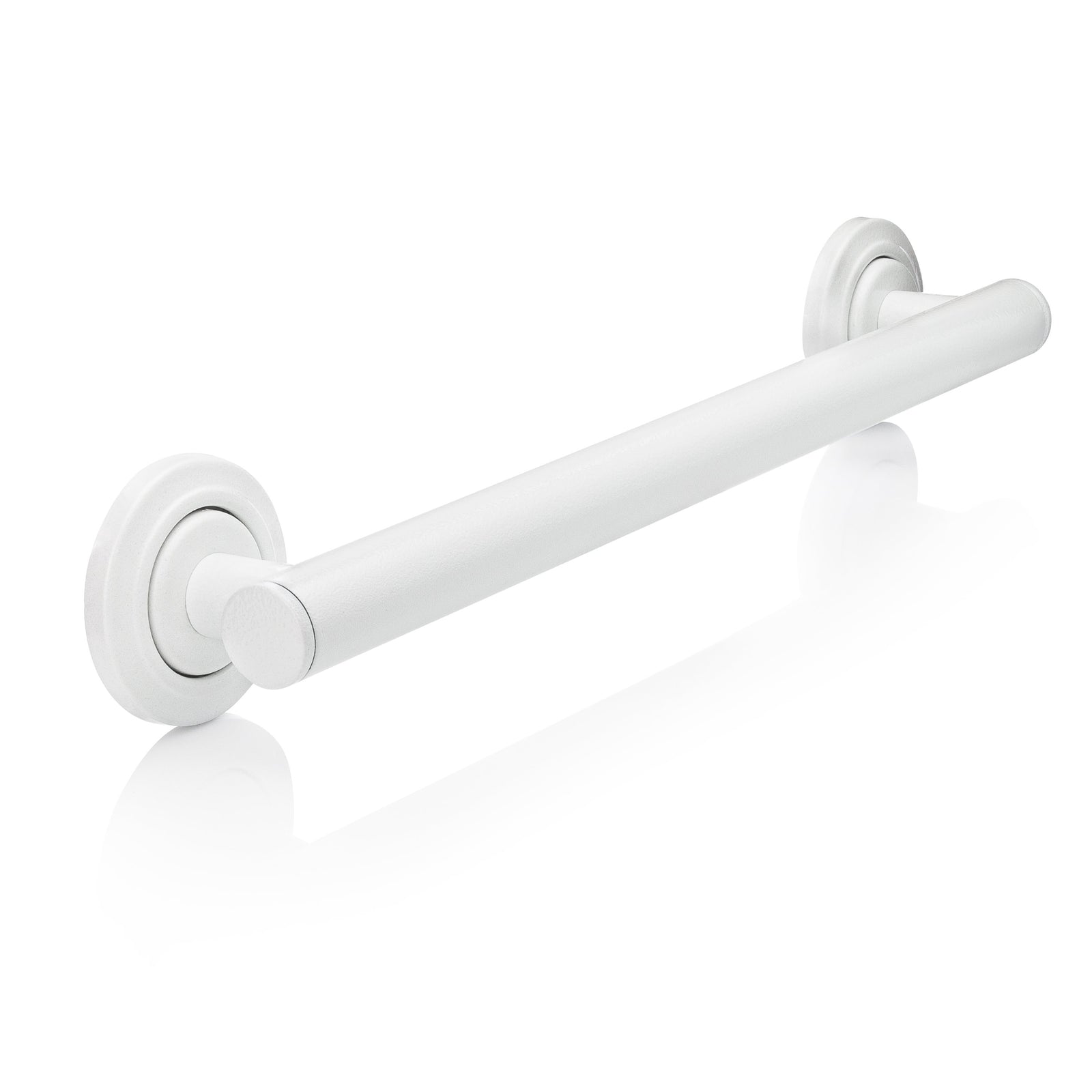
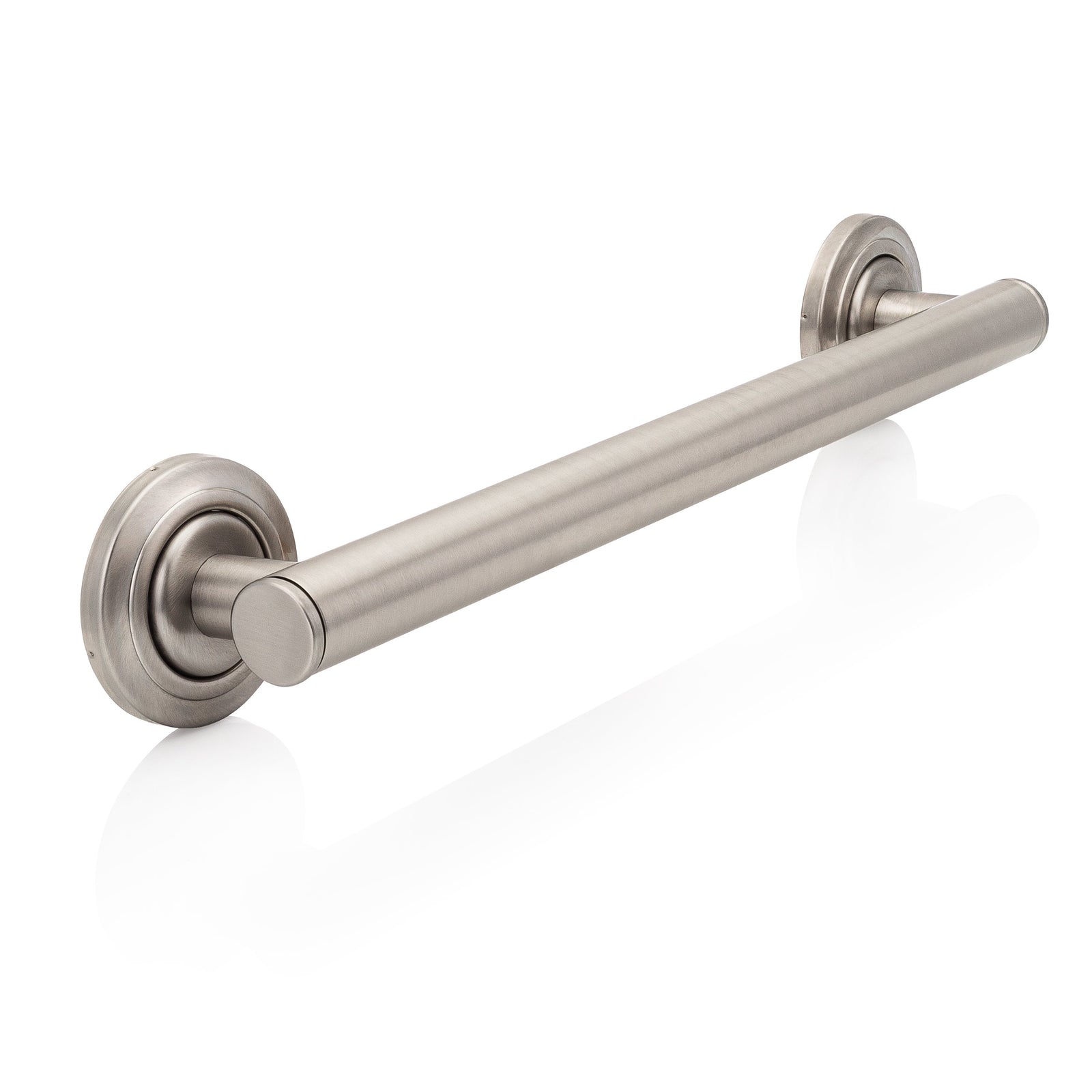
Leave a comment (all fields required)